Physiotherapy for sciatica
Sciatica is a common condition that causes pain in the lower back and legs. Physiotherapy can be an effective treatment option for people with sciatica, and can help to reduce pain, improve mobility, and promote healing. Here are some ways in which physiotherapy can help:
Pain management: Physiotherapists can use a variety of modalities such as heat or cold therapy, electrical stimulation, ultrasound therapy, and massage to help manage pain associated with sciatica.
Exercise therapy: Physiotherapists can design a specific exercise program to improve flexibility, strength, and endurance. Exercise can help to reduce pain and improve function.
Manual therapy: Physiotherapists can use manual therapy techniques such as mobilization and manipulation to help improve joint mobility and reduce pain.
Education: Physiotherapists can provide education on proper posture and body mechanics, stretching exercises, and modifications to your activities to help prevent recurrence of sciatica.
Modalities: Modalities such as heat or ice therapy, ultrasound therapy, or electrical stimulation can help to reduce pain and inflammation in the affected area.
Traction: Traction is a technique that involves the use of a mechanical device to gently stretch the spine. This can help to reduce pressure on the affected nerve and improve symptoms.
Biomechanical assessment: A physiotherapist can assess your movement patterns and make recommendations for modifications to help reduce stress on the affected area.
It is important to note that the treatment plan will vary depending on the cause and severity of sciatica. Therefore, it is recommended to consult with a physiotherapist who can conduct a thorough assessment and design an individualized treatment plan to address your specific needs. Additionally, physiotherapy should be part of a comprehensive management approach to sciatica that may include medication, rest, and modifications to your activities.
